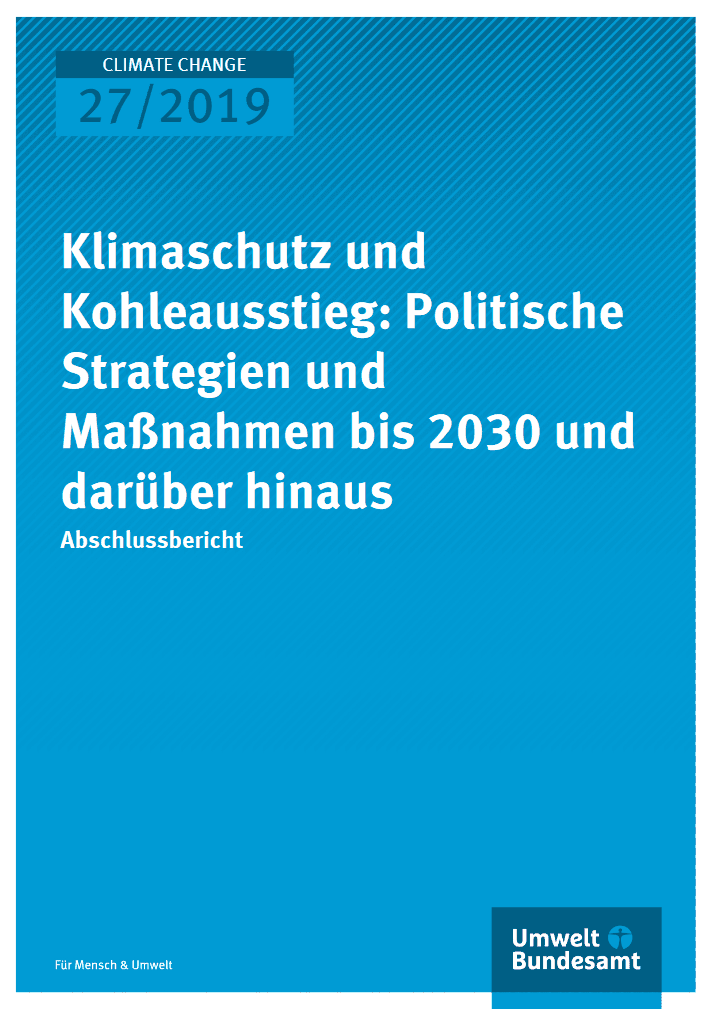Klimaschutz und Kohleausstieg: Politische Strategien und Maßnahmen bis 2030 und darüber hinaus

The present study examines the socio-economic consequences of a climate policy-driven coal phase-out in Germany. A focus lies on the lignite industry – especially in the lignite regions. In a first step, the regions are spatially defined and described. Additional analysis is based on energy economic model-ling. The model examines phase-out scenarios, which differ in the chosen criteria for the order of power plant closure (specific emissions or plant age). An input-output-model and a regional macroeco-nomic model build up on these phase-out pathways and examine the socio economic effects of the phase-out in the lignite regions as well as in the rest of Germany. The combination of both models of-fers the advantage to consider the phase-out from different perspective and hence derive different and more robust effects. The models show, on the one hand, that in an early phase-out the negative effects of structural change are visible earlier. On the other hand, recuperative effects can counteract the neg-ative consequences according to the regional economic model.Furthermore, the structural change creates economic opportunities. Those opportunities are primarily diversified economic activities. Case studies show significant employment potentials for the lignite re-gions. New jobs in renewable energies and energetic optimization of buildings can already counteract the negative employment effects associated with the investigated structural change. The study con-cludes, describing accompanying political instruments that can support the regions on their way to master the challenges of the up-coming structural change.